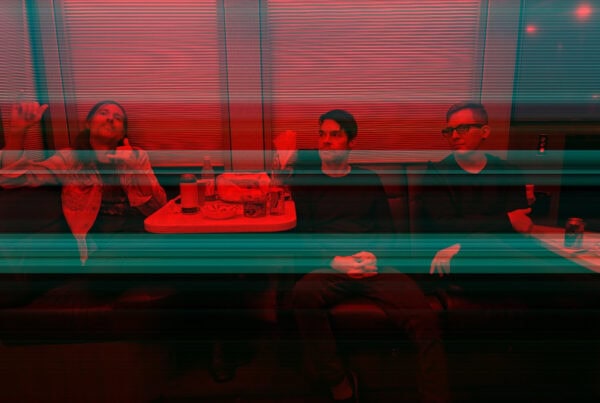Cast your mind back to a time before streaming services became so popular; before catch up TV was so accessible, before we had little black boxes capable of recording hours and hours of TV and film.
[like_to_read][/like_to_read]
Can you remember what it was like to watch TV series back then, the build up to releases, the cliff-hangers, the months waiting for the next instalment. People would gather round the water cooler at work chatting about last nights episode, wondering who the killer is, or who will marry who. With the explosion of the internet, chat rooms would be filled with fans of shows debating how the story line might develop, desperately trying to avoid any leaked spoilers.
First came the plus channels, the channels showing the same programs an hour later than scheduled. There were channels appearing dedicated to repeats, allowing anyone who missed a programme the opportunity to catch up. Next along came catch up TV, the mainstream channels allowed viewers to catch up on aired episodes, swiftly followed by proffering the opportunity to view the next episode ahead of the TV airing. Pretty soon came the full box sets available for streaming both old and new series, and thus binge watching was born.
Now in 2018 we have access to an extensive variety of streaming services both free and chargeable, offering films and TV shows. Netflix alone saw viewing figures almost double in just two years to an estimated three million in 2014. Netflix projects that by 2020 there will be around 9.5 million viewers. The service is that popular that “Netlfix” has become part of the modern vernacular, such as the popular phrase “Netflix and chill.”
For viewers this is fantastically convenient; regardless of your availability, social commitments or working patterns a mass of entertainment is available for your viewing pleasure. In 2014 according to a report by AllFlicks, Netflix had 6,494 movies and 1,609 TV shows in its U.S. However, by 2016 this had dropped by 33% for films and 26% for TV shows which leads to my question…can the arts keep up with our viewing habits.
From pitch to production a TV show can take around 9 months, with the production process very dependent on writing, casting and actor availability this can take months if not another year. Of course, this can only take place once an idea is formed. The expanse of TV shows recreating popular films such as Taken and Lethal Weapon suggests ideas for fresh shows are getting harder to come by.
It is not just a case of how much media we have access too – the biggest threat to the arts is the way in which the majority of people now watch TV and Film. As I mentioned above binge watching is the new normal; we used to watch a TV series once a week as the episodes were released. However, with the easy access to entire box sets it is not uncommon to watch back to back episodes absorbing entire series in days. The real question is – is this sustainable? I think not, and the research would tend to agree. If it takes a year or more to produce a show, and only a weekend to watch how can the medium possibly keep up? It is true what they say – you can’t close the door once the horse has bolted. Some streaming services are trialling issuing one episode a week for new releases, but the change in viewing patterns makes this problematic. We are no longer used to having to remember to tune in on a specific day, and waiting a week can mean the entire series disappears from the memory of the viewer leaving the rest of the episodes unwatched. Some don’t mind waiting for all of the episodes to be ready to watch them in their own…binging style.
Is there a solution or are we going to keep sprinting down this road ready to crash into the wall at the end? Let me know your thoughts.
Words: Rebecca Daisy





